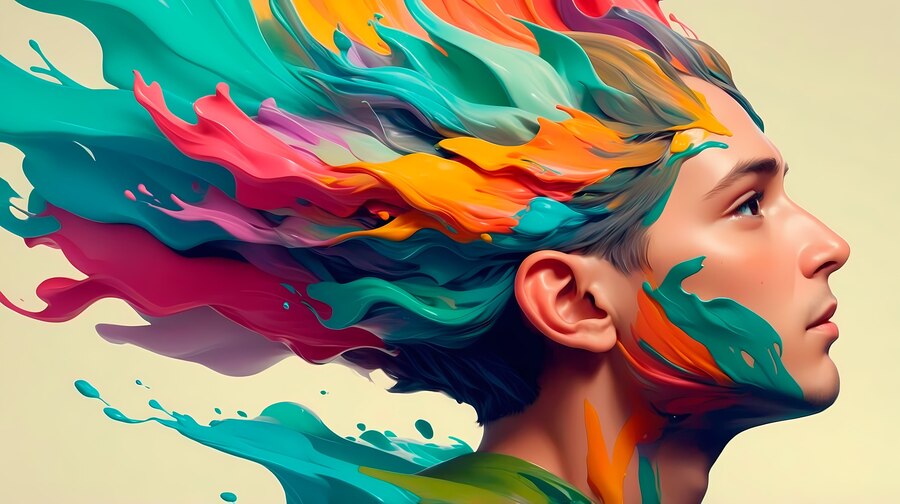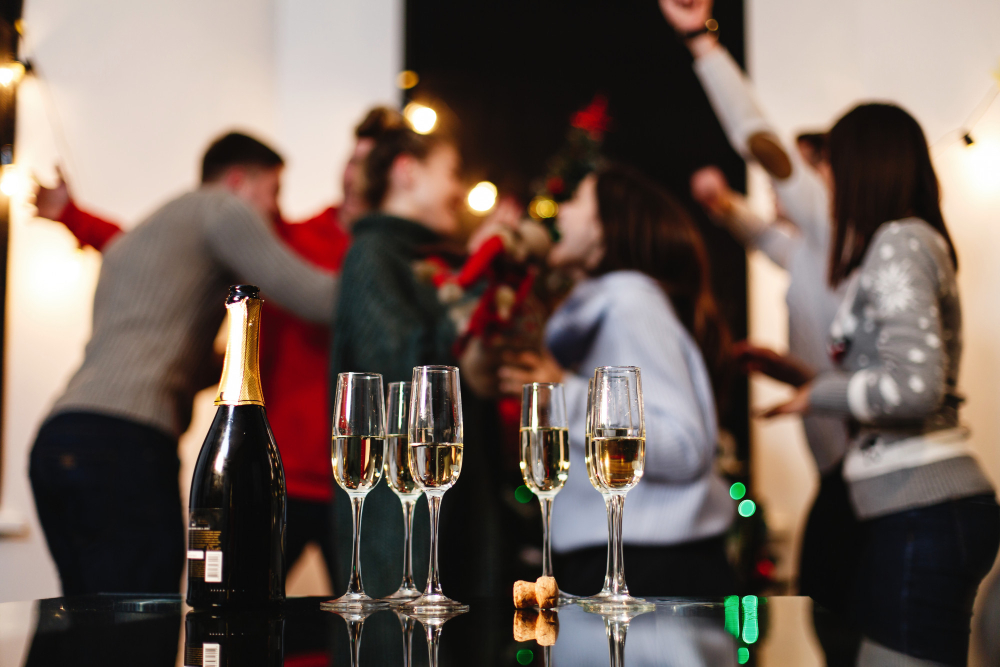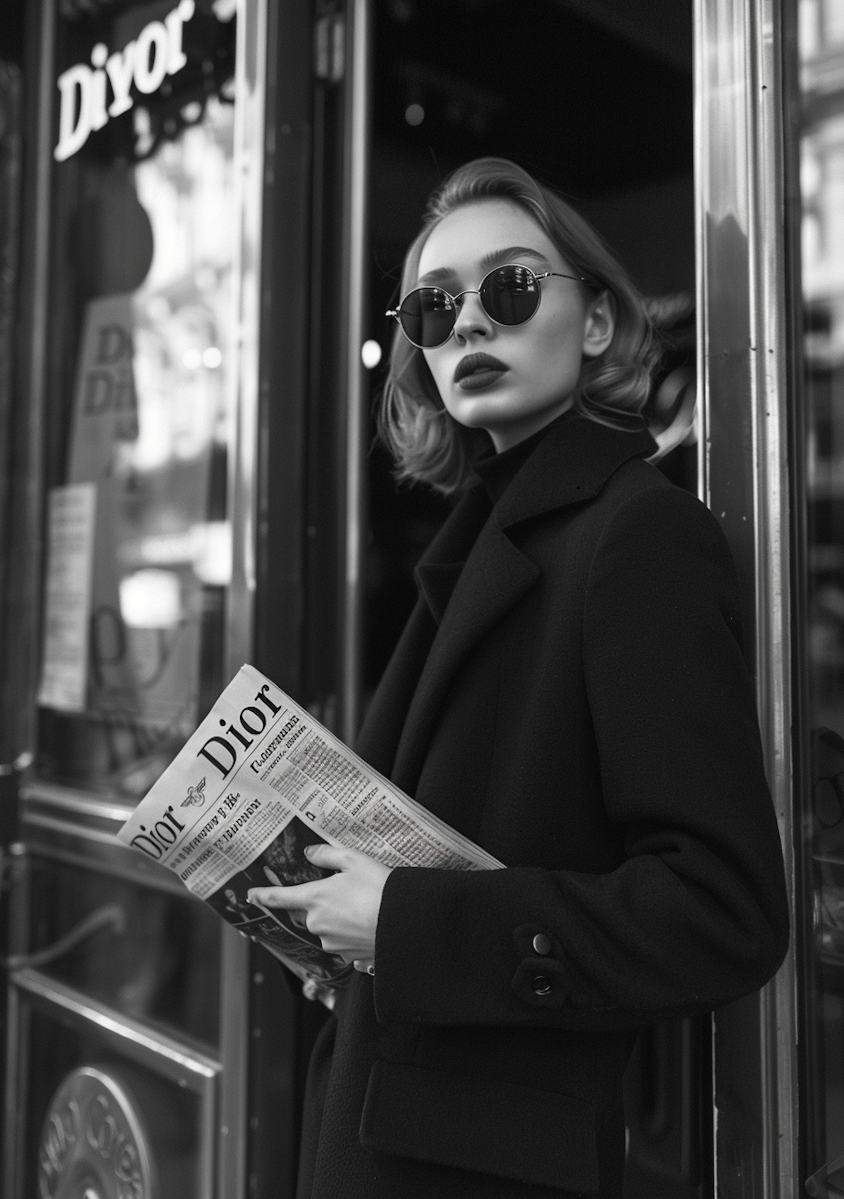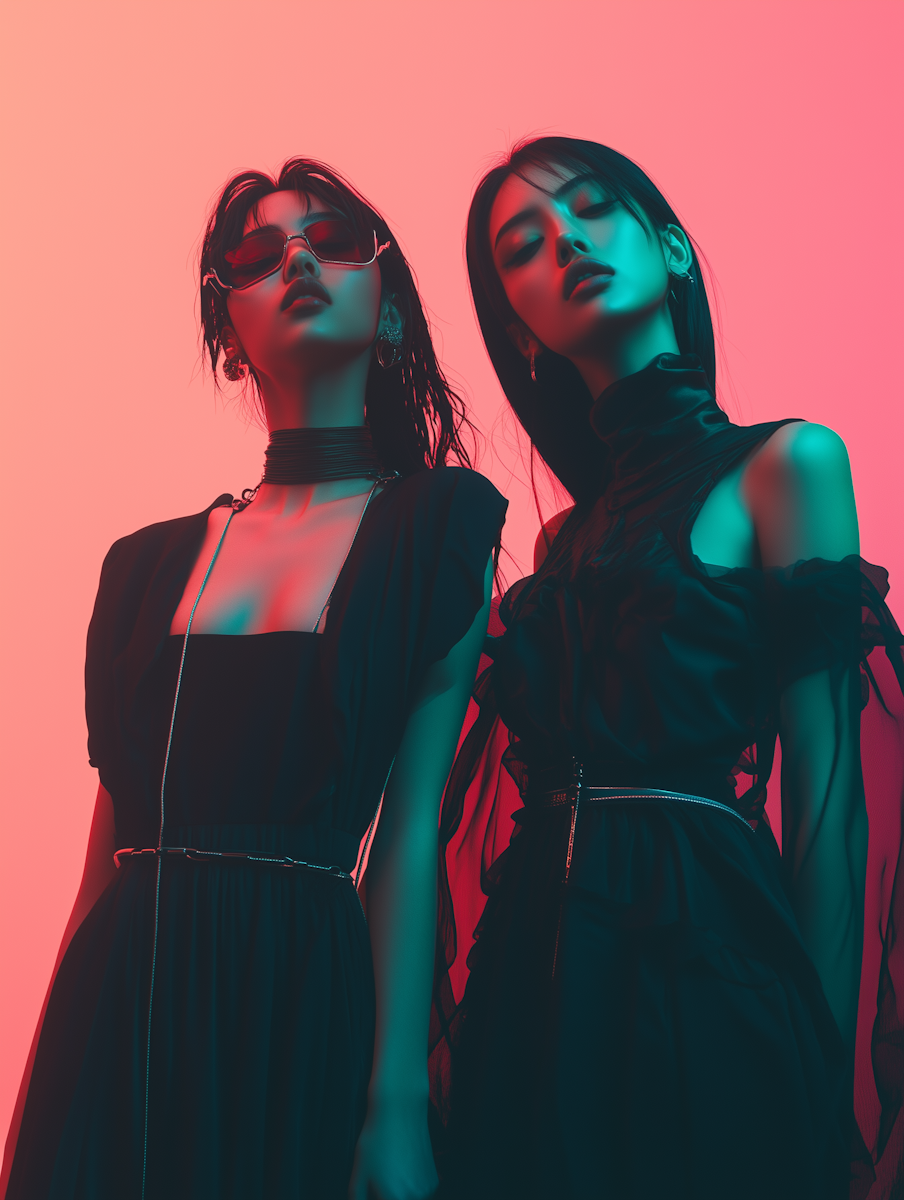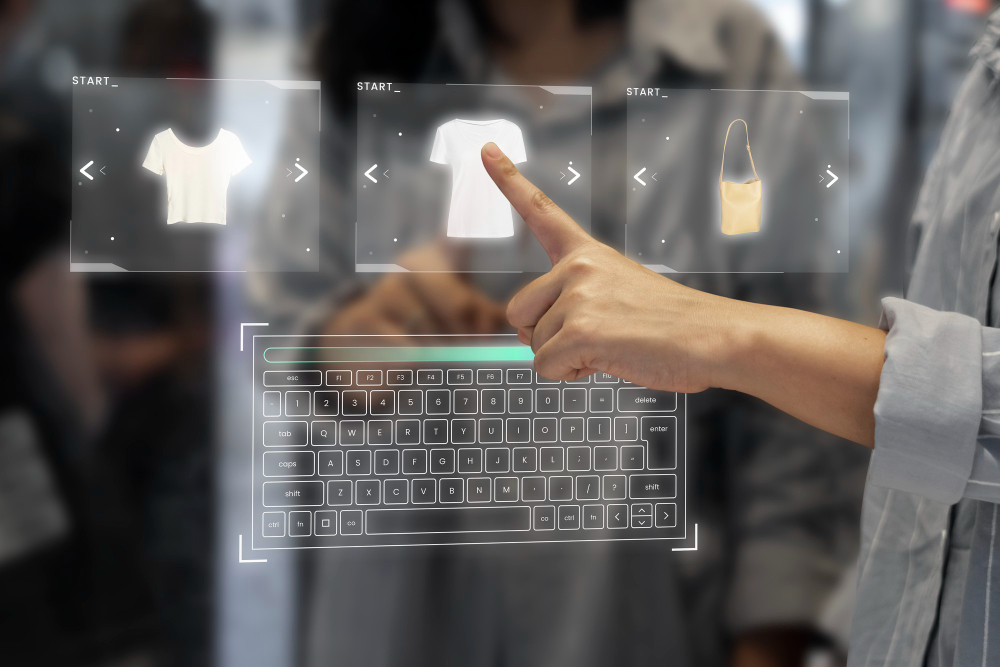Table of contents
Color is one of the most powerful tools in fashion. It can express emotion, signal status, influence perceptions, and even affect the mood of those around us. The psychology of color in fashion delves deep into how various hues impact our mindset, behaviors, and the way we are perceived by others. Whether you’re choosing an outfit for a first date, a job interview, or a night out, understanding the psychological impact of color can help you make smarter style choices.
In this blog post, we explore how color psychology plays a key role in fashion, the meanings behind common colors, and how you can apply this knowledge to elevate your wardrobe and personal brand.
What Is the Psychology of Color?
The psychology of color is the study of how different shades influence human behavior and emotion. It’s used in branding, interior design, marketing — and yes, even fashion. In clothing, colors can communicate messages without words. They can tell others who we are, what we feel, and what we want to project.
Fashion designers and stylists leverage color psychology to create collections that evoke specific feelings and fit the mood of the season. You, too, can harness this power to align your wardrobe with your goals, occasions, or inner state.
The Meanings Behind Common Fashion Colors
🔴 Red – Confidence and Passion
Red is bold, energetic, and attention-grabbing. Wearing red can make you feel more powerful and assertive. It’s great for dates, events, or any time you want to stand out.
🔵 Blue – Trust and Calm
Blue is the color of reliability, peace, and professionalism. It’s a go-to for business attire or days when you need to present a calm, collected image.
🟢 Green – Balance and Harmony
Green evokes feelings of nature, renewal, and wealth. It’s a versatile color that balances style with calm energy.
🟡 Yellow – Happiness and Optimism
A cheerful, bright color, yellow suggests creativity and positivity. It’s ideal for casual settings or when you want to lift your own or others’ spirits.
⚫ Black – Elegance and Authority
Black is a fashion staple. It’s sleek, sophisticated, and slimming. It can portray mystery, power, or formality, depending on how it’s styled.
⚪ White – Simplicity and Purity
White is clean, minimal, and fresh. It can suggest clarity and openness. It’s perfect for summer, formal events, or when you want to keep things crisp.
🟣 Purple – Luxury and Creativity
Historically associated with royalty, purple can convey richness, creativity, and depth. It’s often used in bold fashion statements.
🟠 Orange – Energy and Fun
Orange is lively and playful. It’s great for social events or casual settings where you want to seem approachable and enthusiastic.
How to Use Color in Your Wardrobe
- Mood Dressing: Choose colors based on how you want to feel. Feeling low? A bright yellow shirt can give you a little emotional boost.
- Occasion Awareness: Darker, more muted tones work for formal settings, while bright or pastel colors fit casual environments.
- Skin Tone Matching: Cool tones (blues, purples) often work well with cooler complexions, while warm tones (reds, oranges) complement warmer skin tones.
- Statement Pieces: Use color to make one part of your outfit pop — like a red jacket or neon shoes.
- Monochrome Magic: Dressing in different shades of the same color can create a bold, fashion-forward look.
Color Trends in Modern Fashion
Fashion trends often dictate which colors become popular each season. For example, pastel tones may dominate spring collections, while jewel tones emerge in the fall. Fashion weeks and influencer culture also play a role in setting the tone — literally — for what colors we see in stores and on the streets.
Brands are now more conscious of how their color palettes reflect values like sustainability (earth tones) or gender neutrality (muted, versatile shades). This evolution shows just how powerful the psychology of color is in shaping the future of fashion.
5 Frequently Asked Questions (FAQ)

Colors can stimulate different emotions. For example, wearing red can boost confidence, while blue can create a sense of calm. The right color can impact how you feel throughout the day.
Neutral tones like navy blue, gray, or black are ideal for interviews. They convey professionalism, reliability, and confidence without being too distracting.
Yes! Studies have shown that people associate certain colors with traits like authority, friendliness, or intelligence. Color choices can subconsciously affect first impressions.
Red is often considered a power color because it conveys strength and attention. However, the best power color depends on the context and how it complements your personal style.
Start small with accessories — like scarves, socks, or bags — to introduce new hues without overwhelming your comfort zone.
Final Thoughts
The psychology of color in fashion is a fascinating blend of art, emotion, and self-expression. By understanding how colors influence mood and perception, you can curate a wardrobe that not only looks great but also supports how you want to feel and be seen. So the next time you open your closet, remember — color isn’t just an aesthetic choice, it’s a powerful tool for communication.

